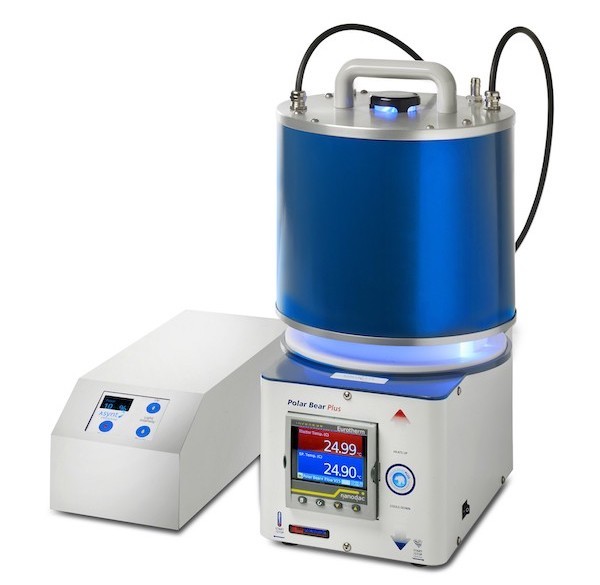Members Login

Channels
Special Offers & Promotions
Efficient Flow Chemistry Scale-up of Photoredox Coupling Reactions
The renowned Innovative Technology Centre (ITC) at the University of Cambridge, UK has used a Uniqsis PhotoSyn flow photoreactor to efficiently scale-up a radical mediated boronic acid coupling under photoredox conditions using a novel organic acridium-based photocatalyst.
The acridium-based organic photocatalyst, developed by the University of Cambridge, is demonstrated to be an efficient replacement for iridium-based photocatalysts used to oxidise boronic acid derivatives by a single electron radical coupling process.
By eliminating the control, scale-up and safety problems associated with traditional batch photoreactors – the Uniqsis PhotoSyn LED photochemical flow reactor enabled synthetic chemists at the University of Cambridge to straightforwardly scale a photoredox cross-coupling of boronic acids in 81% yield with gram per hour throughput. In the described work, the researchers also used a Uniqsis Flow-UV inline UV-Vis spectrometer to conveniently monitor steady state.
Using a pair of enclosed large format LED arrays to concentrate the light inwards onto a central coil reactor, the Photosyn is able to provide sufficient light to facilitate reactions in coil reactors (up to 50 ml) enabling efficient photochemical synthetic work at larger scales.
Since 2007, Uniqsis has specialised in the design and supply of mesoscale continuous flow chemistry systems for a wide range of applications in chemical and pharmaceutical research. The company’s aim is to make flow chemistry easily accessible to both novices and experienced users.
Media Partners



